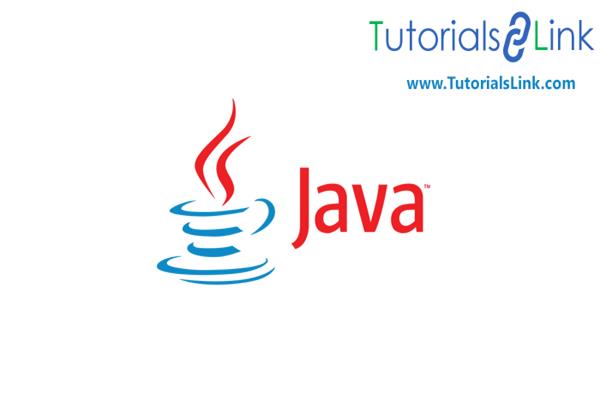Java and JVM version History
Java and JVM version History
James Gosling was the developer of the Java language in 1995.
Java Versions
- JDK Alpha and Beta (1995)
- JDK 1.0 (23rd Jan 1996)
- JDK 1.1 (19th Feb 1997)
- J2SE 1.2 (8th Dec 1998)
- J2SE 1.3 (8th May 2000)
- J2SE 1.4 (6th Feb 2002)
- J2SE 5.0 (30th Sep 2004)
- Java SE 6 (11th Dec 2006)
- Java SE 7 (28th July 2011)
- Java SE 8 (18th Mar 2014)
- Java SE 9 (21st Sep 2017)
- Java SE 10 (20th Mar 2018)
- Java SE 11 (LTS) (Sep 2018)
- Java SE 12 (March 2019)
- Java SE 13 (Sep 2019)
- Java SE 14 (March 2020)
- Java SE 15 (Sep 2020)
JDK 1.0
Released on January 23, 1996. The stable Version was JDK 1.0.2 and it is known as Java 1.
JDK 1.1
Released on Feb 19, 1997. Features are:
- JDBC
- JavaBeans
- inner classes added to this language
J2SE 1.2
Its codename is Playground.
Released on December 8, 1998. Features are:
- strictfp Keyword
- Java plug-in
- Collections Framework
J2SE 1.3
Its codename is Kestrel.
Released on May 8, 2000. Features are:
- JavaSound
- Java Platform Debugger Architecture.
- Synthetic proxy classes
J2SE 1.4
Its codename is Merlin
Released on Feb 6, 2001. Features are:
- assert keyword
- IPv6 support
- Logging API
- Preferences API
- Regular expression modeled
J2SE 5.0
Its codename is Tiger
Released on Sep 30, 2004. Features are:
- Generics
- Autoboxing/Unboxing
- Metadata
- Enumerations
Java SE 6
Released on Dec 11, 2006. Features are:
- Support older win9x versions dropped.
- JDBC 4.0 support
- Update to existing garbage collections algorithm.
- Plugable annotations support
Java SE 7
Released on July 7, 2011. Features are:
- Java development rule sets
- Strings in switch
- Binary integer literals
- JVM supports dynamic languages.
Java SE 8
Released on March 18, 2014. Features are:
- Language support for a lambda expression.
- Unsigned integer arithmetic
- Remove the permanent generation
- Date and time API
- Annotation on Java types
Java SE 9
Released on Sep 21, 2017. Features are:
- XML catalogs
- Milling Project coin
- Ahead-of-time compilation
- The java shell
- JavaDB was removed from JDK.
Java SE 10
Released on March 20, 2018. Features are:
- Garbage Collector Interface
- Root certificates.
- Thread local handshakes
- Heap Allocation on Alternative mobile devices
Java SE 11
Released on Sep 25, 2018. Features are:
- Unicode 10
- Flight Recorder
- Next Based Access Control
- Dynamic class-file constant
- Remove the Java EE and CORBA Modules
Many versions of Java SE 11 was also released.
Java SE 12
Released on March 19, 2019. Features are:
- Default CDS archives
- JVM constants API
- A Low-Pause-Time garbage collector
- Switch Expression
Java SE 13
Released on Sep 17, 2019. Features are:
- Dynamic CDS archives
- Uncommit Unused Memory
- Switch Expressions Update
- Text Blocks
Java SE 14
Released on March 17, 2020. Features are:
- Records (Preview)
- Packaging Tool
- ZGC on macOS
- ZGC on windows
- JFR Event streaming
Java SE 15
Released on Sep 15, 2020. Features are:
- Hidden classes
- Text Blocks
- Records
- Sealed Classes





